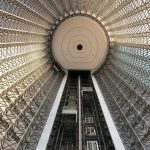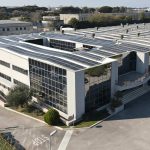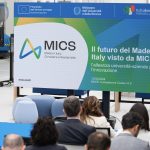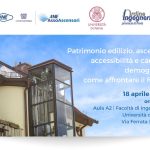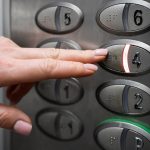New Superbonus tax incentive
Salvatore Nasca
The overcoming of architectural barriers has become one of the interventions eligible for the 110% Superbonus, a tax incentive introduced by the Italian Government in 2020 and extended until 2022. This is included in the Finance Bill approved in December 2020. A great result for the vertical transportation sector. In order to achieve this goal in 2020, a long process has been undertaken, starting from a concept that sector operators take for granted, but that most people overlook: the lift is of vital importance for some categories of users whose movement is totally dependent on the removal of architectural barriers,
The lift is often seen as a large household appliance and we forget that it is actually an actual and widespread means of transportation that (except for some public or tourist facilities with a car operator) makes a non-predetermined number of travels unmanned and fully automated. Hence the absolute need, for users’ sake, to guarantee installation maximum safety.
The work of those who are involved in the proper operation of these installations on a daily basis is therefore essential, and they do their best to ensure that users (of any age and condition) that the simple button pressure results (naturally and without damage) in the vertical movement of persons and goods. Even more so if we consider that, unlike other means of transport subject to scheduled service interruption, the lift is controlled continuously, day and night.
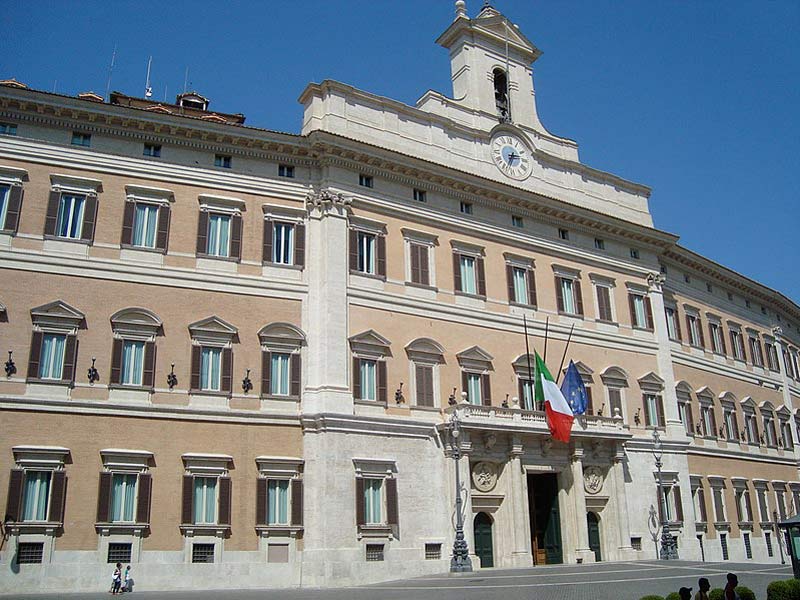
Rome (Italy) – Montecitorio Palace, seat of the Chamber of Deputies
Starting from these basic considerations, inexplicably underestimated for a long time by our bodies, a competent, tenacious and detailed information action has been gradually carried out to make the various political and institutional circles aware of the important role of our sector.
These arguments have been repeatedly expressed and discussed in various technical and political environments, until some members of the Government, especially interested in this issue and able to recognise how much the professionalism and importance of our sector had not been sufficiently valued until now, shared our cause, welcoming a dialogue of effective cooperation and inserting in the Budget for the year 2021 a variant in art. 119 of Legislative decree 19/2/2020 n.34 converted into Law no. 77 dated 17 July 2020, which will make it possible to include lift upgrades among the ‘activities driven’ by the works already covered by the Superbonus.
During 2020, meetings were organised (remotely and, when possible, in person), specific technical proposals were prepared, which were then translated into amendments submitted several times in the appropriate fora.
After months of commitment, we finally got the government majority to agree on the need to remove architectural barriers and on the opportunity to provide for a broader amendment in the 2021 Budget Law, extending the 110% Superbonus to lifts used by people over 65 or with disabilities.
With regard to the removal of architectural barriers, the Superbonus is generally available to all the interventions mentioned in letter E of the Consolidation Act 22/12/86 no. 917, aimed at removing architectural
barriers and facilitating mobility inside and outside the home for disabled persons, pursuant to art. 3 paragraph 3 of Law 5/2/92 no. 104.
Now that this chance has been included in the Finance Act, it will be important for our whole sector, in all its components, to try to establish a dialogue with the Ministry to contribute to the drafting of the Regulations (without which the action carried out so far would unfortunately be useless) that will implement the approved amendment ratifying the procedures and terms for users to benefit from the Superbonus also for works on lifts and goods lifts.
This is an opportunity for all sector operators: component manufacturers, installers, maintenance workers.
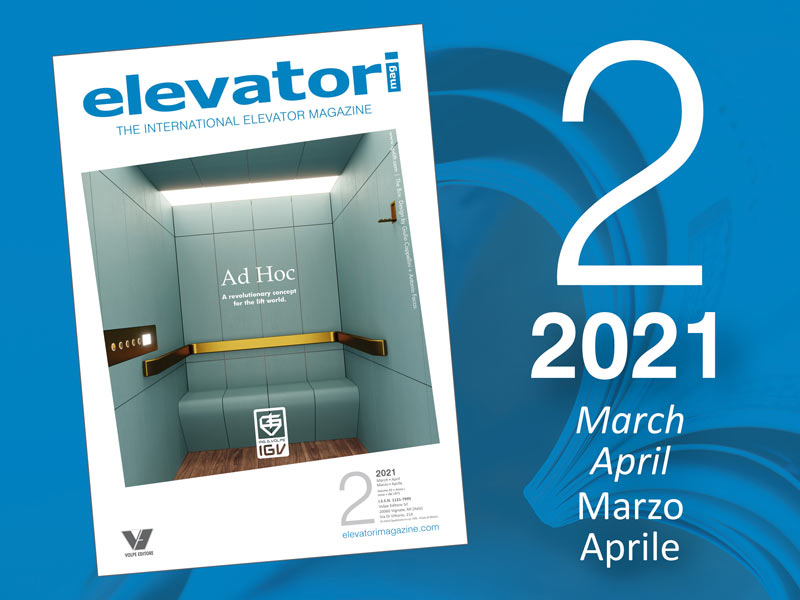
Full article in the 2/2021 issue of Elevator Magazine.


